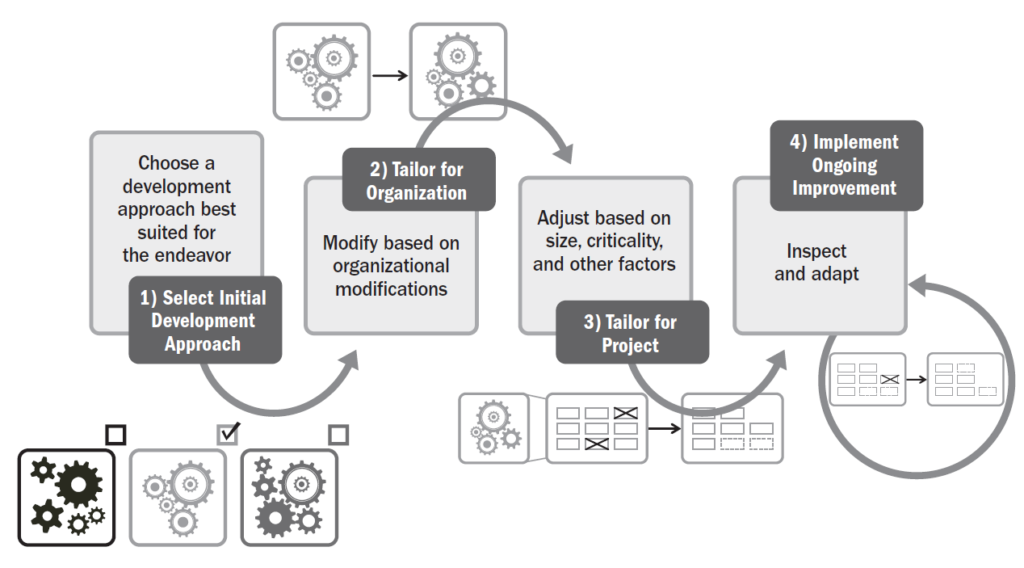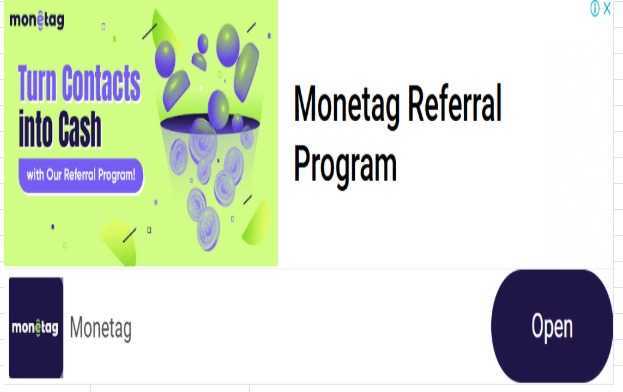Introduction
Project management is a discipline rooted in structure, organization, and predictable outcomes. At the heart of the Project Management Institute’s (PMI) approach to managing projects is a framework known as the PMBOK® Guide (Project Management Body of Knowledge). While the 7th Edition of the PMBOK Guide introduces a shift towards principles and performance domains, the Process Groups defined in earlier editions (especially the 6th Edition) continue to serve as a foundational model for project professionals worldwide.
This blog explores the five PMI PMBOK Process Groups in depth, explaining their purposes, interactions, and significance in both traditional and evolving project environments.
What Are Process Groups?
Process Groups are logical groupings of project management processes that define the lifecycle of any project. These groups are not phases but rather collections of processes that are applied at different stages of a project.
The five Process Groups are:
- Initiating
- Planning
- Executing
- Monitoring and Controlling
- Closing
Each group consists of processes that align with knowledge areas and are interconnected, often requiring iterative adjustments throughout a project’s life.
1. Initiating Process Group
Purpose
The Initiating Process Group focuses on defining and authorizing the project. It sets the foundation for all project work by identifying stakeholders, clarifying business needs, and establishing initial scope and objectives.
Key Activities
- Develop Project Charter: This formally authorizes the project, names the project manager, and grants authority to use resources.
- Identify Stakeholders: Determining who will be impacted by the project and analyzing their needs, influence, and interest.
Deliverables
- Project Charter
- Stakeholder Register
Significance
Without proper initiation, projects risk starting without clarity, purpose, or stakeholder alignment. The Initiating group ensures there’s a shared understanding of the project’s goals and constraints.
2. Planning Process Group
Purpose
The Planning Process Group outlines how the project will be executed, monitored, and closed. It includes processes necessary to define scope, schedule, costs, quality, resources, risks, and communication strategies.
Key Activities
- Develop Project Management Plan: A comprehensive document that integrates all subsidiary plans.
- Define Scope and Create WBS: Outlining the work and breaking it into manageable tasks.
- Plan Schedule and Resources: Estimating duration, assigning responsibilities, and organizing the sequence of activities.
- Identify Risks and Plan Responses
- Plan Procurement and Stakeholder Engagement
Deliverables
- Project Management Plan
- Scope Statement
- Work Breakdown Structure (WBS)
- Risk Management Plan
- Communication Plan
Significance
Planning is iterative. The more detailed the plan, the better the chances of achieving project success. It aligns all stakeholders and resources to a clear path forward.
3. Executing Process Group
Purpose
The Executing Process Group involves carrying out the work defined in the project management plan to meet the project’s objectives. This is where plans become actions.
Key Activities
- Direct and Manage Project Work
- Acquire, Develop, and Manage Team
- Manage Quality
- Implement Risk Responses
- Conduct Procurements
- Manage Stakeholder Engagement and Communications
Deliverables
- Deliverables/Work Products
- Team Performance Reports
- Change Requests
- Issue Logs
Significance
Execution is where real value is created. Strong leadership, communication, and collaboration are essential to turning strategy into measurable outcomes. This group typically consumes the largest portion of project resources.
4. Monitoring and Controlling Process Group
Purpose
The Monitoring and Controlling Process Group ensures that project objectives are met by tracking, reviewing, and regulating progress and performance. It also involves identifying areas where changes are needed and initiating those changes.
Key Activities
- Track Project Performance (KPIs)
- Perform Integrated Change Control
- Validate and Control Scope
- Control Schedule and Costs
- Monitor Risks
- Ensure Quality Control
Deliverables
- Performance Reports
- Change Logs
- Quality Control Reports
- Risk and Issue Logs
Significance
This group acts as the project’s feedback mechanism. It helps project managers keep the project on track, maintain quality, and manage changes responsibly. It is continuous and often overlaps with execution.
5. Closing Process Group
Purpose
The Closing Process Group finalizes all project activities, formally closes the project, and ensures that all objectives have been met. It also focuses on capturing lessons learned and releasing resources.
Key Activities
- Confirm Project Completion
- Obtain Formal Acceptance
- Archive Project Documents
- Close Contracts
- Conduct Post-Project Reviews
Deliverables
- Final Product or Service
- Lessons Learned Document
- Final Report
- Project Closure Checklist
Significance
Closure is essential to ensure that all work is finished, stakeholders are satisfied, and organizational learning is captured. Projects without proper closure often leave behind unfinished work, unresolved issues, or wasted insights.
Process Groups vs. Project Phases
It is important to note that Process Groups are not project phases. A phase represents a stage in the project lifecycle, whereas process groups can occur in one or more phases. For instance, planning and execution activities may be repeated in each phase of a multi-phase project.
Process Groups and Knowledge Areas
In the PMBOK 6th Edition, each process group is aligned with 10 Knowledge Areas, including:
- Integration
- Scope
- Schedule
- Cost
- Quality
- Resource
- Communication
- Risk
- Procurement
- Stakeholder
For example, in the Planning Process Group, you might see activities across all 10 knowledge areas, such as creating a schedule, estimating costs, and developing a risk management plan.
How Process Groups Interact
Process Groups are not sequential. While a project typically begins with Initiating and ends with Closing, the other groups often overlap and iterate. For example:
- As new risks emerge, new risk planning might occur.
- As work is performed, performance may require re-planning.
This dynamic nature makes project management flexible and responsive to change.
Process Groups in Agile and Hybrid Environments
While Process Groups are often associated with predictive (waterfall) projects, they can also be mapped to agile and hybrid approaches:
Traditional PMBOK Process Group | Agile Equivalent Activity |
Initiating | Product Visioning, Team Formation |
Planning | Release Planning, Sprint Planning |
Executing | Iteration Execution, Daily Stand-ups |
Monitoring and Controlling | Sprint Reviews, Retrospectives, Burndown Charts |
Closing | Release Closeout, Retrospective Summary |
In Agile projects, planning, executing, and monitoring often happen concurrently and in shorter time frames, such as sprints or iterations.
Benefits of Using Process Groups
- Clarity and Structure: Provides a roadmap to navigate the project lifecycle.
- Improved Communication: Stakeholders understand what to expect at each stage.
- Risk Management: Structured checkpoints allow for early detection of risks.
- Consistency and Repeatability: Projects become more predictable and manageable.
- Compliance: Helps meet regulatory or organizational standards.
Challenges in Implementing Process Groups
Despite their value, project teams may encounter challenges:
- Rigidity in dynamic or fast-changing projects.
- Over-documentation in smaller projects.
- Misalignment between process group outputs and organizational maturity.
- Resistance to Change when introducing structured methodologies in informal environments.
Tailoring the application of process groups to fit the project size, complexity, and delivery method is key to success.
Tailoring Process Groups for Project Success
PMI encourages tailoring – customizing how processes are applied to suit the project’s context. Tailoring considerations may include:
- Project size and complexity
- Regulatory environment
- Organizational culture
- Delivery approach (Agile, Hybrid, Predictive)
- Stakeholder expectations
A small agile startup may use lightweight versions of process groups, while a government infrastructure project might require rigorous compliance with every process step.
Conclusion
The PMI PMBOK Process Groups remain a critical framework for project success. Whether managing a traditional, hybrid, or agile project, these five groups—Initiating, Planning, Executing, Monitoring & Controlling, and Closing—provide a consistent way to structure work, deliver results, and manage uncertainty.
Understanding how these process groups function individually and interdependently equips project managers with the clarity and control needed to lead successful projects. While the 7th Edition of the PMBOK Guide emphasizes principles and domains, the process group model remains an essential toolkit for professionals seeking structure, predictability, and excellence in execution.



